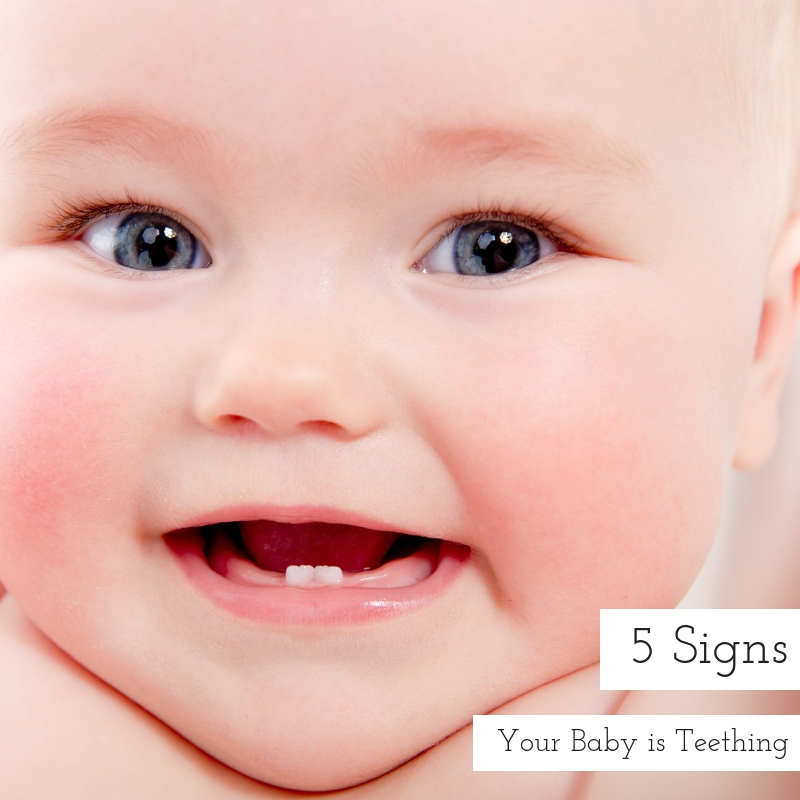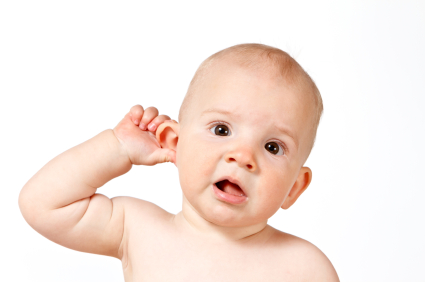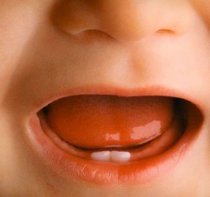Teething can cause a lot of agony for both babies and parents.

Teeth buds develop in utero, and this means that from the moment they are born, babies have a jaw full of teeth that are constantly moving and growing. While some breeze through the teething process without fuss, most babies experience weeks or even months of discomfort and pain. Signs of teething start to show when your baby is 4-7 months old.
Being able to recognize these symptoms is essential, so you know what to expect and how to ease the pain for your baby.
- More drooling: This is one of the common signs of teething. Increased drooling during teething occurs because extra saliva is produced to lubricate bulging gums. Excessive drooling can lead to diarrhea and diaper rash in some babies. It can also cause a mild rash around the mouth, chin, and chest. Wipe any drool away, but not too often as this may irritate the skin.
- Difficulty sleeping: The discomfort caused by soreness and swelling disrupts sleeping patterns. Your baby will nap less and often wake up earlier than usual.
- Decreased appetite: Babies generally don’t like eating when in pain. This is because it triggers the tender and sore spots. Try to feed your baby as much as possible and call the doctor if caloric input drops dramatically.
- More biting: Teething turns babies into vampires – figuratively speaking. Your little one will on anything they come across including your breast, toys, and plastic spoons. Teething toys help a great deal so don’t be afraid to invest in a few!
- Fever: Teething babies can experience elevated body temperature, and this is sometimes known as teething fever. It’s, however, important to note that a true fever is not always associated with teething. It could be a sign of an infection that requires treatment. Consult a doctor if the fever is greater than 100.5 degrees Fahrenheit.


